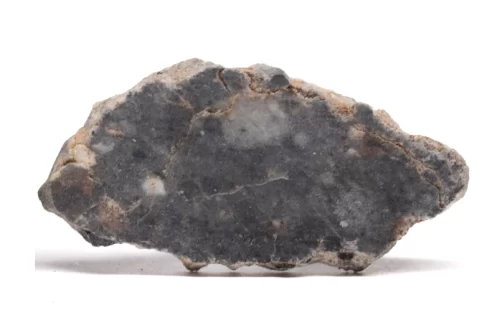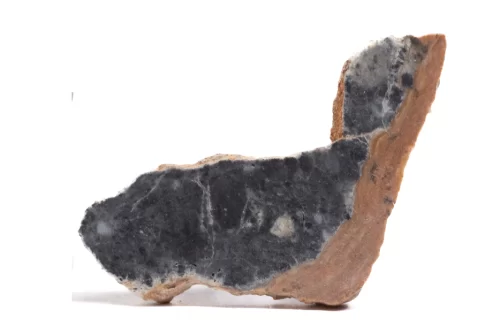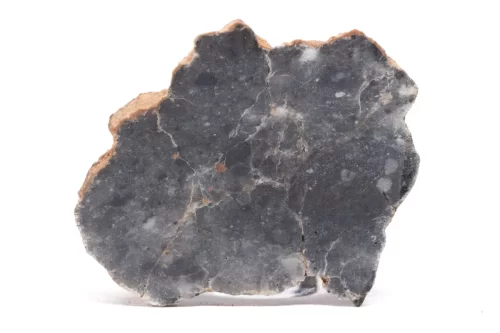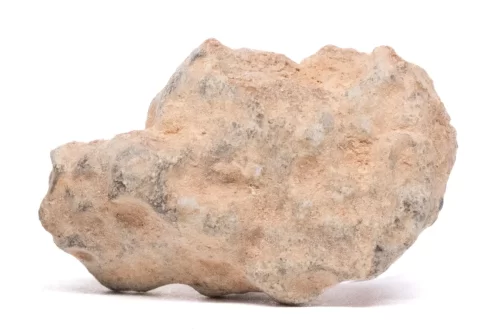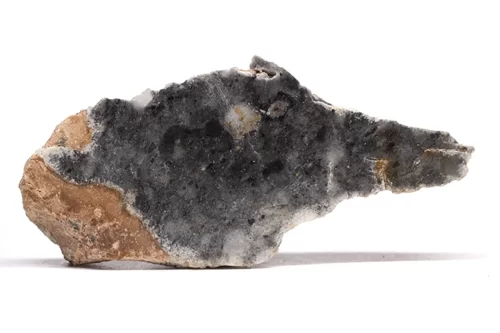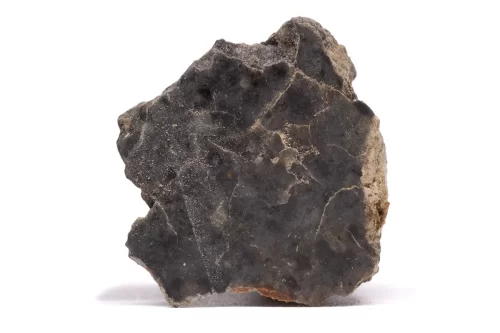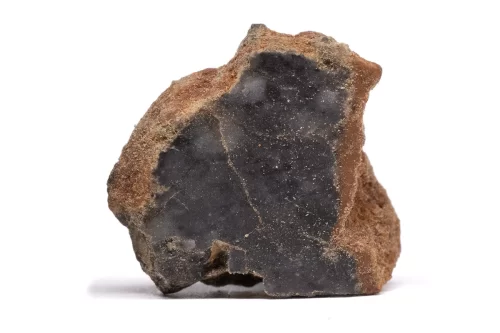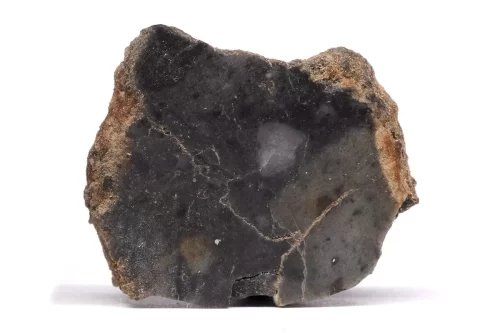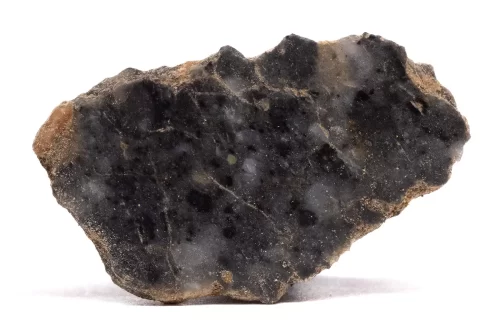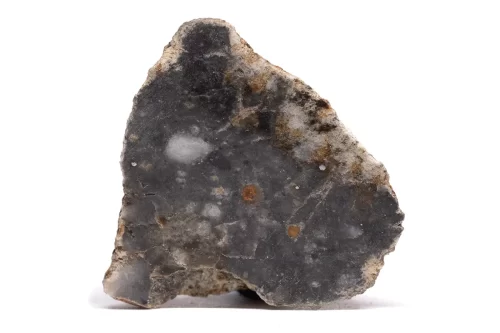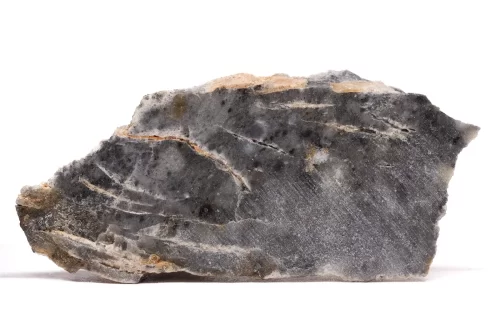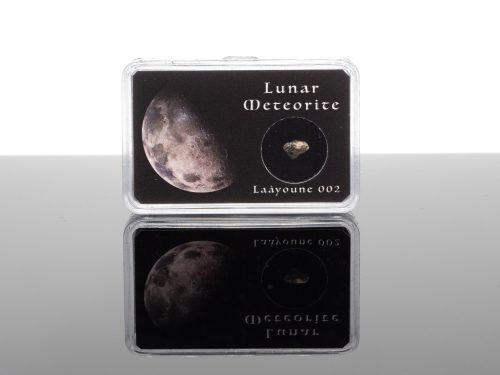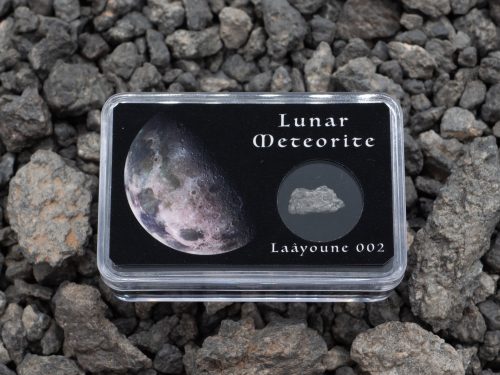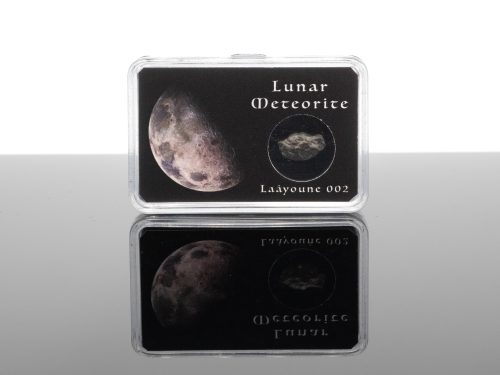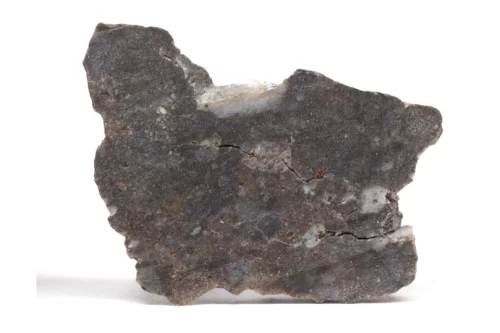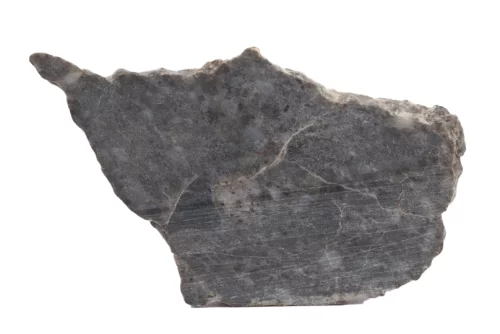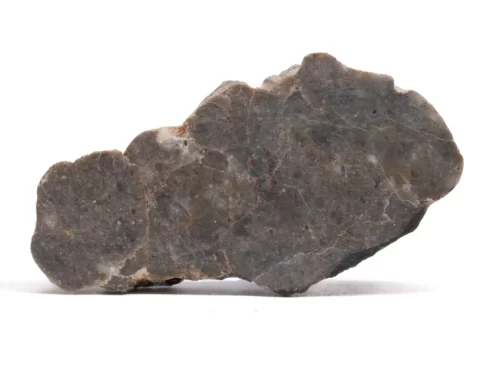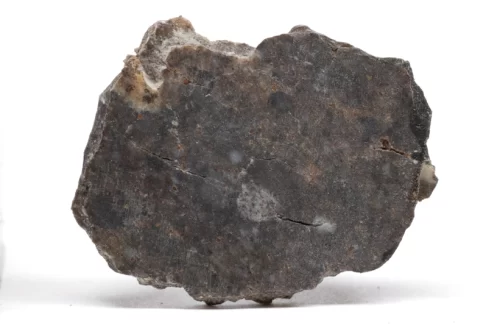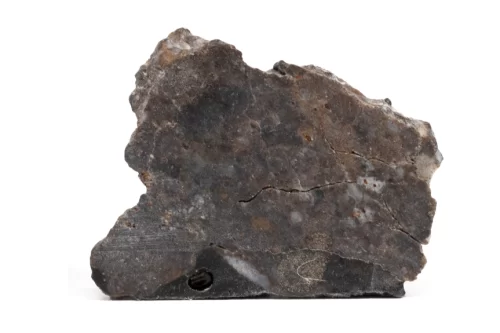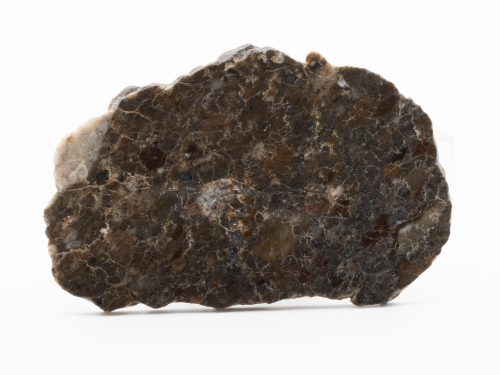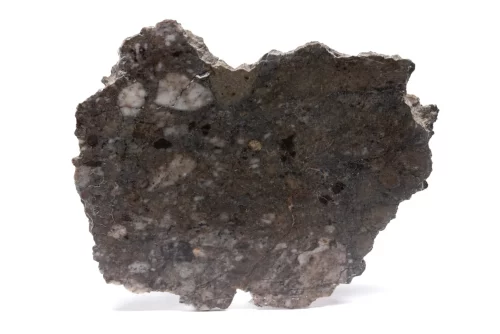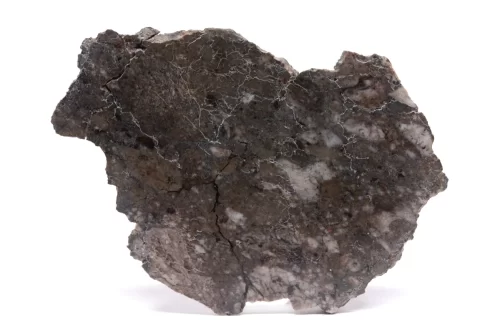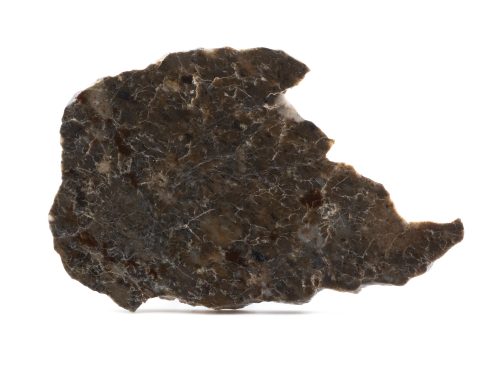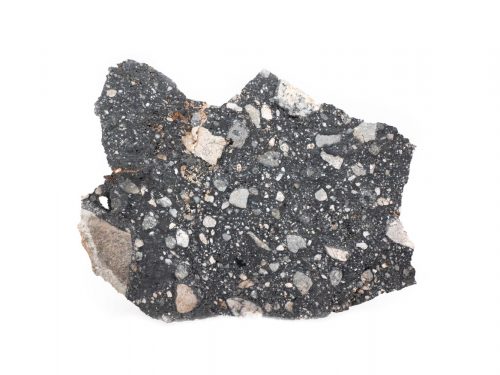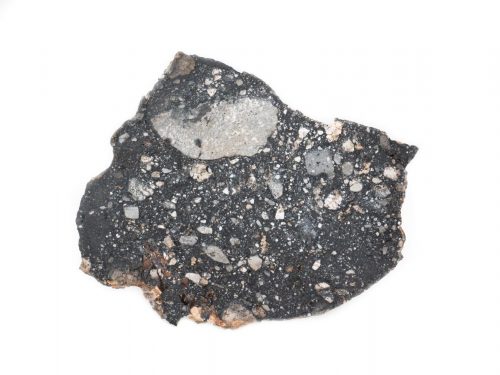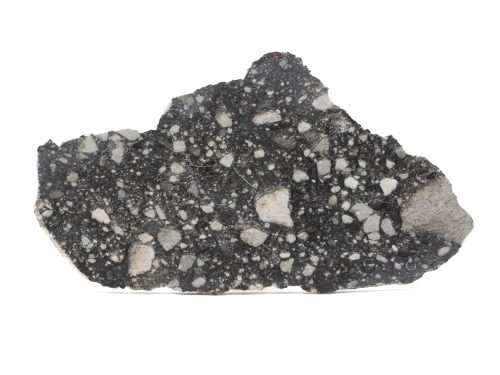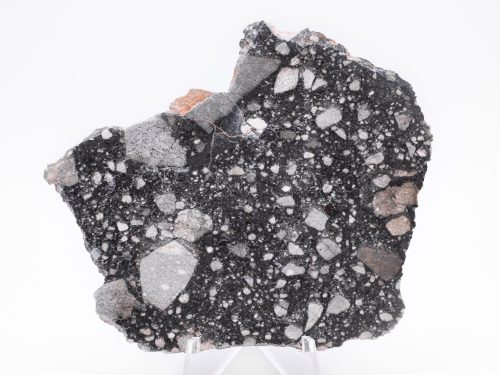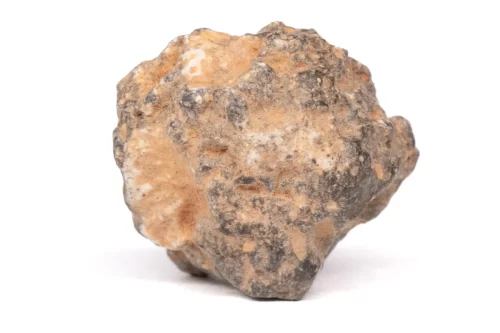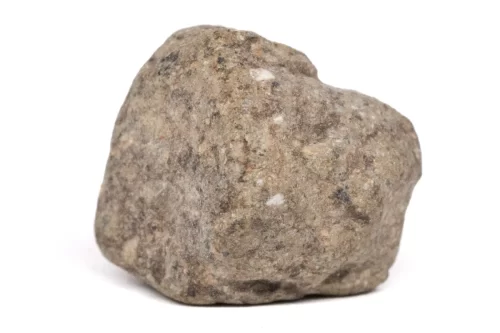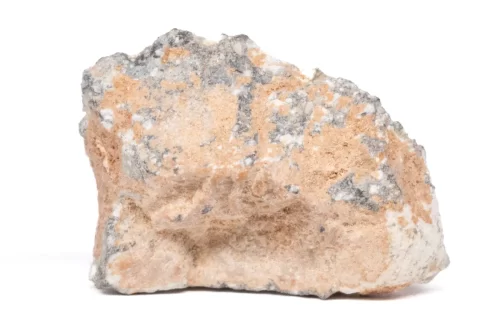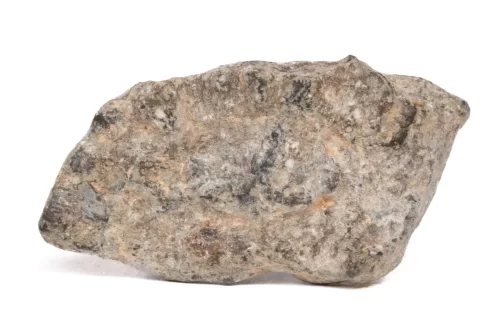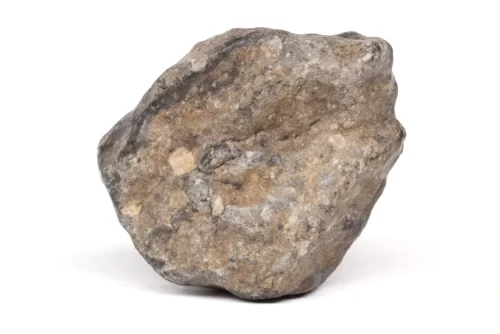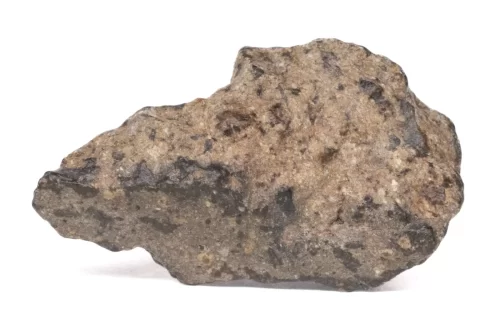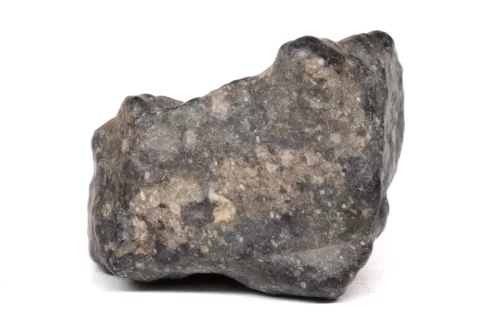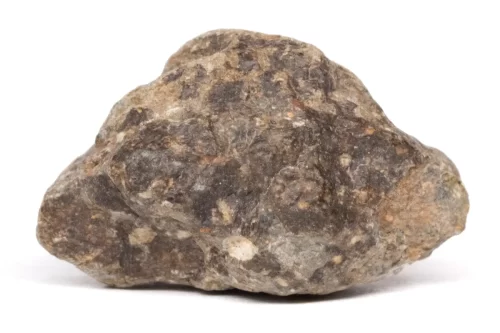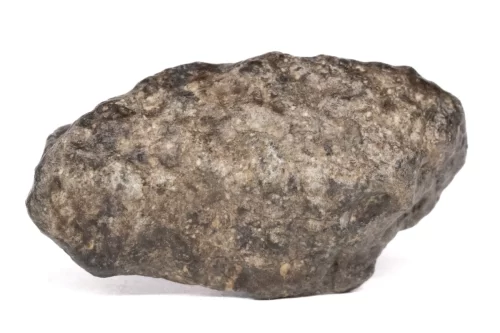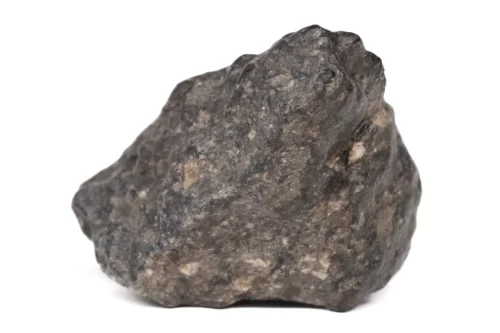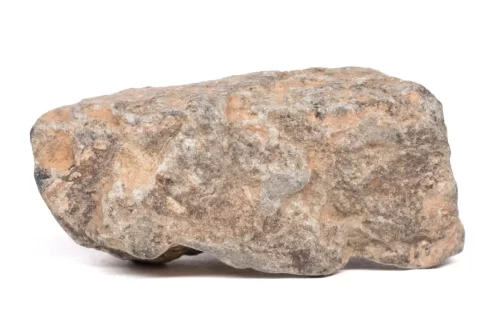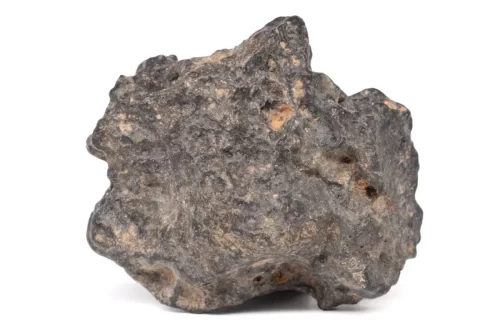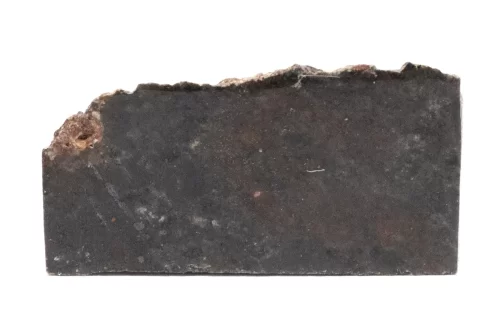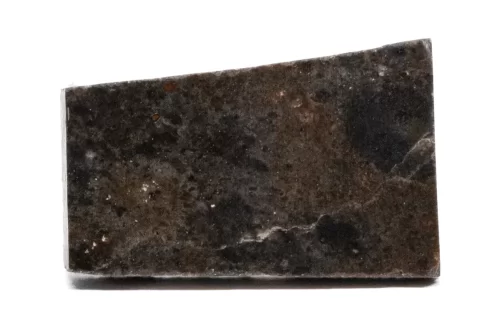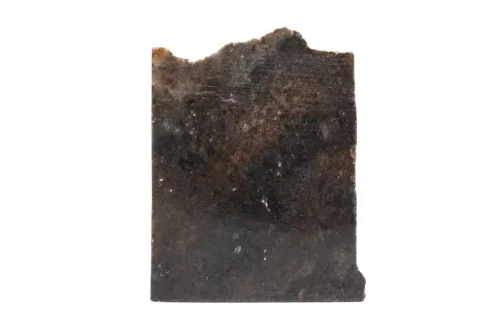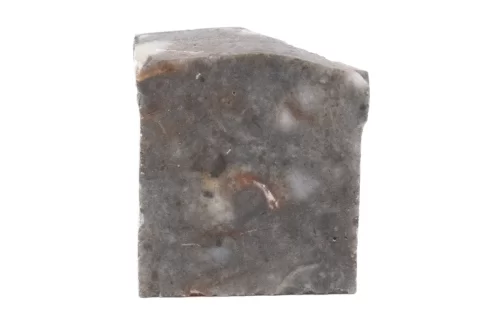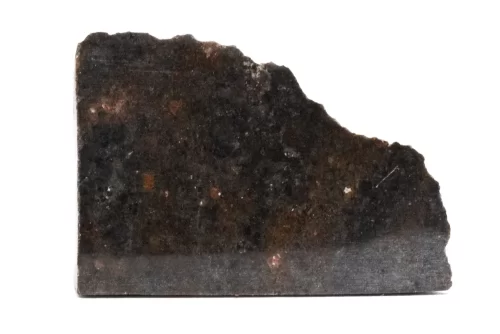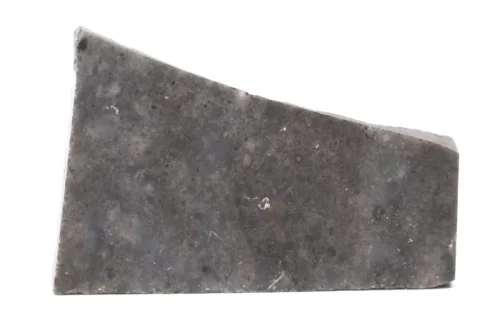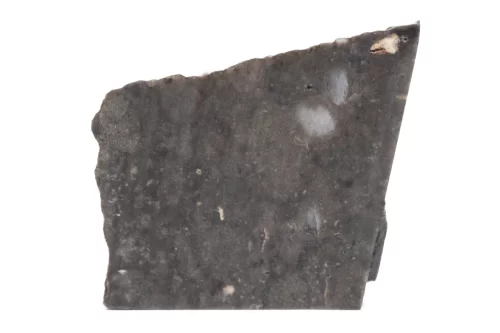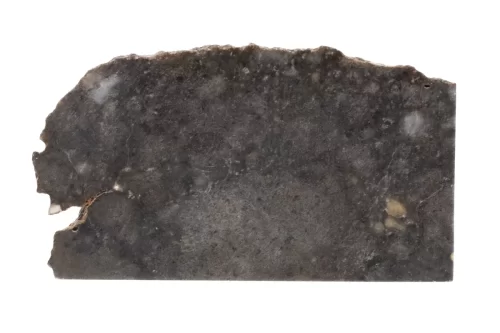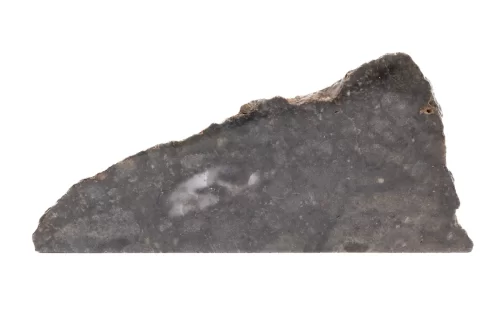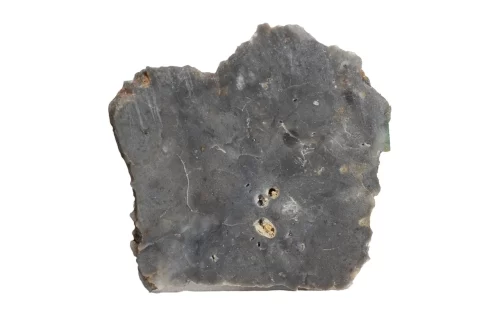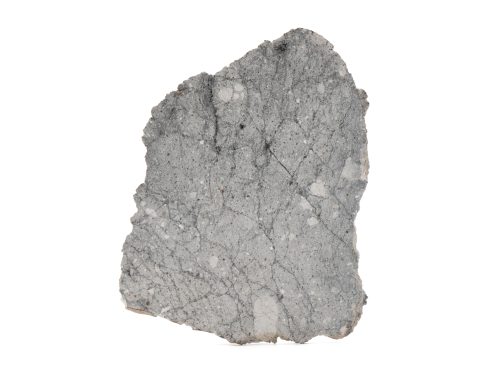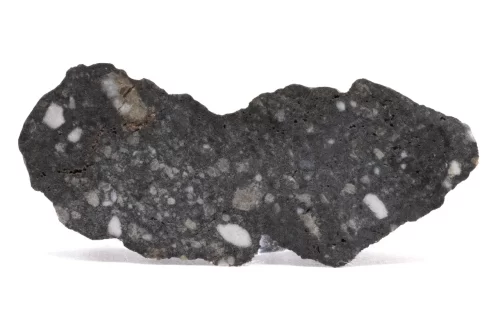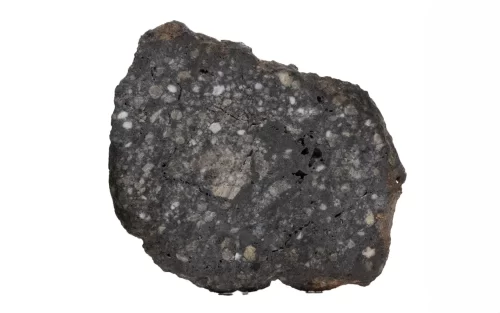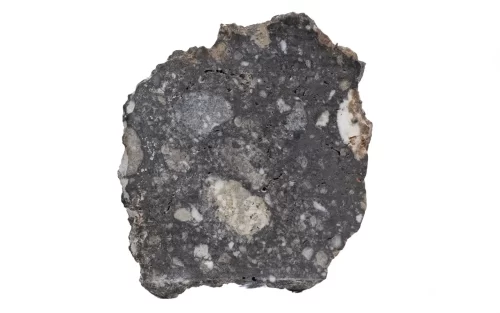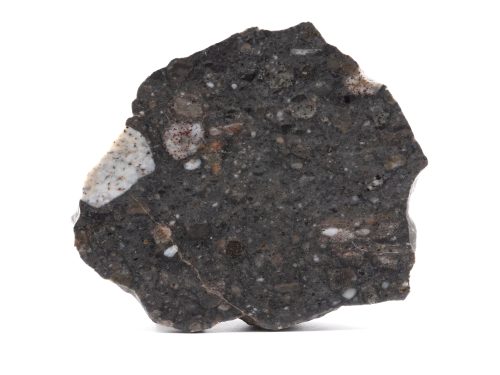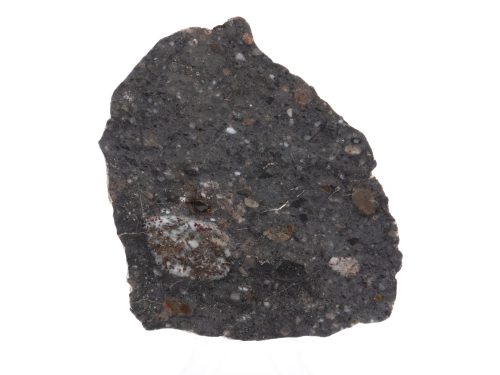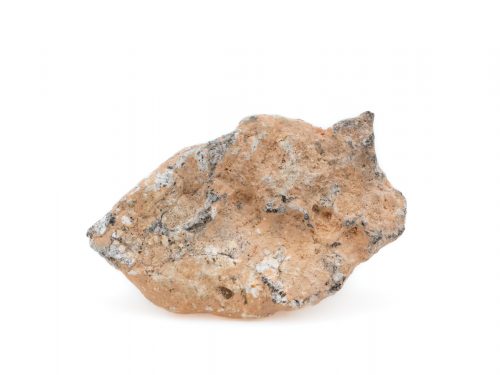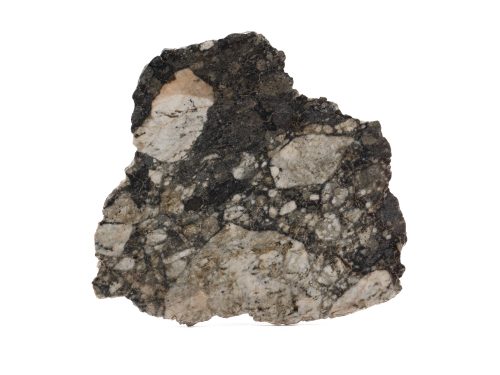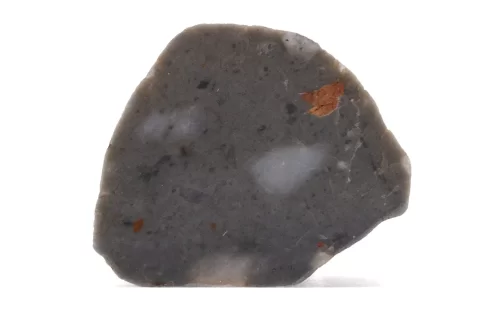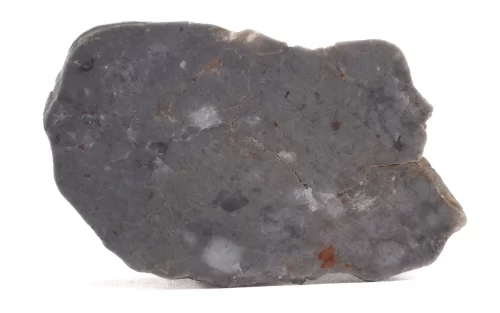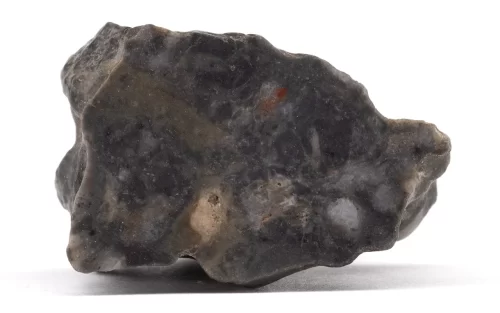Lunar Meteorites For Sale
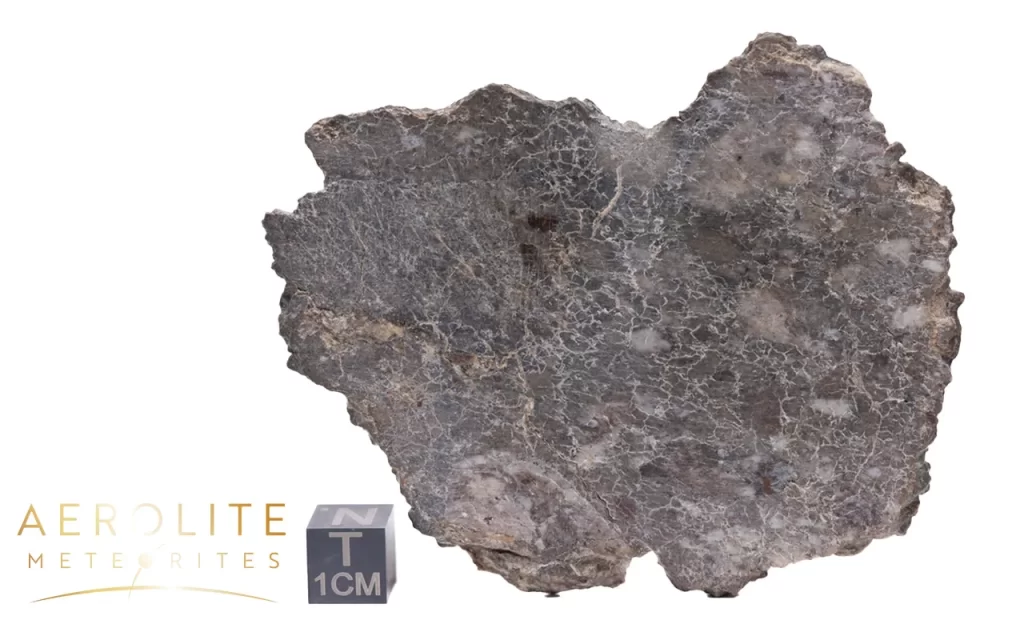
What is a lunar meteorite? In simple terms, they are rocks from the Moon. The Moon is about 238,855 miles away from the Earth, and Moon rocks are believed to have been launched from its surface within the past 20 million years.
Lunar meteorites are incredibly rare. Only about 694 lunar meteorites have been found, as of 2024. Most Moon rocks are discovered in Northwest Africa, but some have also been found in Antarctica. Currently, there have not been any lunar meteorites found in the United States. There have also not been any witnessed lunar meteorite falls.
How do we know lunar meteorites came from the Moon? NASA’s Apollo missions and the USSR’s Luna missions both returned samples from the Moon’s surface. Luna 16 (USSR) was the first mission to successfully return samples from the Moon in 1970. The soil the robotic probe collected was found to be similar to samples returned by Apollo 12.
Thanks to the work done by these scientists, we can compare lunar meteorites to Earth rocks and confirm they came from the Moon. It’s important to know that while it is illegal to own Apollo return samples, it’s perfectly legal to own meteorites from the Moon. Lunar meteorites are also sometimes called Moon rocks.
How valuable are lunar meteorites? Meteorites from the Moon have been auctioned for millions of dollars over the years. Aerolite’s lunar meteorites are affordable for both the serious collector and the curious onlooker. Lunar meteorites can make a heartfelt and unique gift, or ignite a child’s curiosity.
Why buy meteorites from Aerolite? Authenticity is guaranteed by Aerolite Meteorites, and Certificates of Authenticity are available upon request.
Explore our wide collection of Lunar Meteorites For Sale
Bechar 003 Bechar 010 Give The Gift Of The Moon Laâyoune 002 Northwest Africa 11237 Northwest Africa 11303 Northwest Africa 11788 Northwest Africa 12765 Northwest Africa 13974 Northwest Africa 14041 Northwest Africa 14729 Northwest Africa 15482 Northwest Africa 8022 Northwest Africa 8277 Tifariti 002 Touat 005 Touat 008-
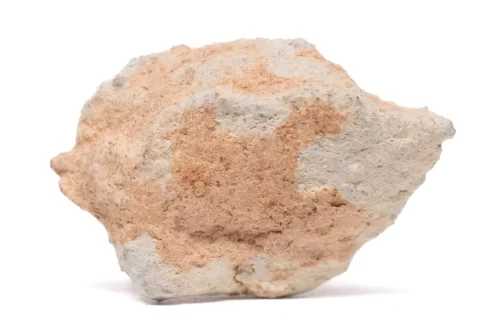
Bechar 003 1.9g
$105.00 Add to cart -
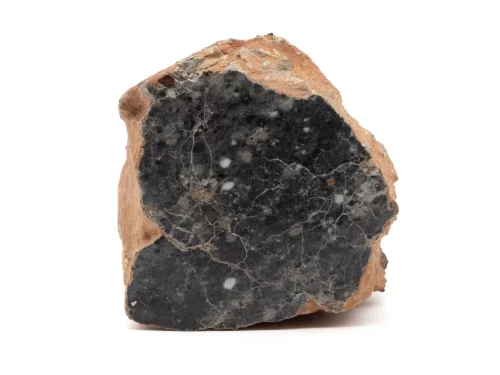
Bechar 003 224.3g
$9,995.00 Add to cart -
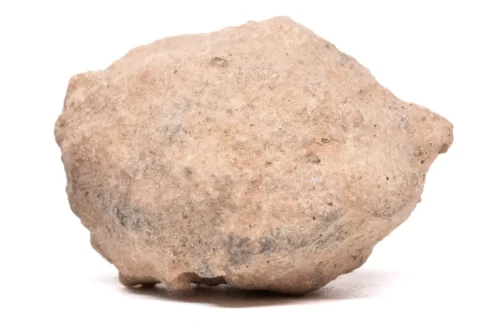
Bechar 003 3.8g
$209.00 Add to cart -
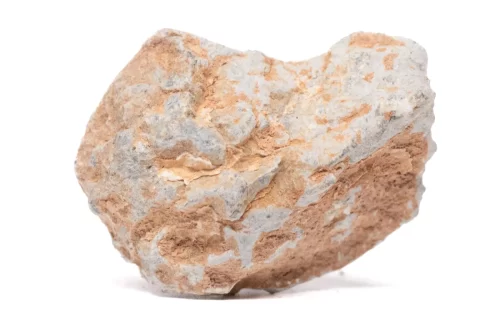
Bechar 003 4.3g
$237.00 Add to cart -

Bechar 003 4.9g
$270.00 Add to cart -
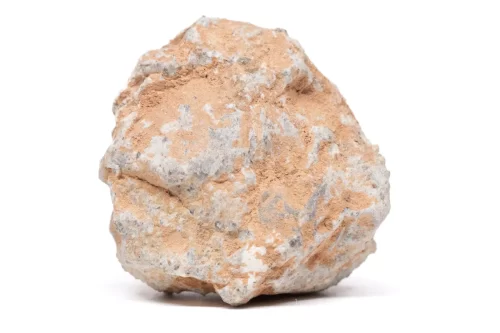
Bechar 003 5.4g
$297.00 Add to cart -

Bechar 003 5.4g
$297.00 Add to cart -

Bechar 003 5.6g
$308.00 Add to cart -
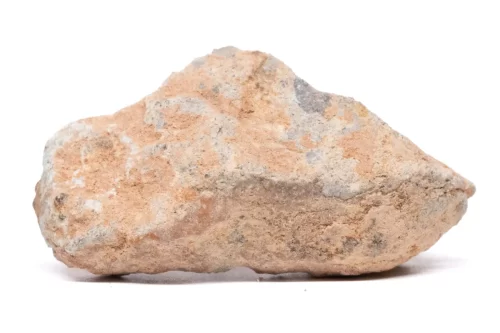
Bechar 003 5.9g
$325.00 Add to cart
What is a lunar meteorite? In simple terms, they are rocks from the Moon. The Moon is about 238,855 miles away from the Earth, and Moon rocks are believed to have been launched from its surface within the past 20 million years. Lunar meteorites are incredibly rare. Only about 694 lunar meteorites have been found, as of 2024. Most Moon rocks were discovered in Northwest Africa, but some have also been found in Antarctica. Currently, there have not been any lunar meteorites found in the United States. There have also not been any witnessed lunar meteorite falls. How do we know lunar meteorites came from the Moon? NASA’s Apollo missions and the USSR’s Luna missions both returned samples from the Moon’s surface. Luna 16 (USSR) was the first mission to successfully return samples from the Moon in 1970. The soil the robotic probe collected was found to be similar to samples returned by Apollo 12. Thanks to the work done by these scientists, we can compare lunar meteorites to Earth rocks and confirm they came from the Moon. It’s important to know that while it is illegal to own Apollo return samples, it’s perfectly legal to own meteorites from the Moon. Lunar meteorites are also sometimes called Moon rocks. Bechar 010 is a lunar meteorite that was found in Algeria in 2022. The Moon rocks appear as dark, irregular stones. When cut, the meteorites reveal a dark interior with pale casts and visible metal—yes, lunar meteorites contain metal! How valuable are lunar meteorites? Meteorites from the Moon have been auctioned for millions of dollars over the years. Aerolite’s lunar meteorites are affordable for both the serious collector and the curious onlooker. Lunar meteorites can make a heartfelt and unique gift, or ignite a child’s curiosity. Why buy meteorites from Aerolite? Authenticity is guaranteed by Aerolite Meteorites, and Certificates of Authenticity are available upon request.
Laâyoune Slices
Northwest Africa 11303 Slices
Northwest Africa 11303 Individuals
Northwest Africa 11788 Individuals
Northwest Africa 11788 Slices
-

Northwest Africa 11788 18.8g
$2,995.00 Add to cart -
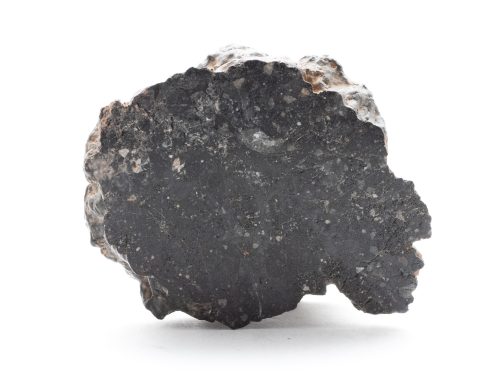
Northwest Africa 11788 57.7g
$6,955.00 Add to cart -
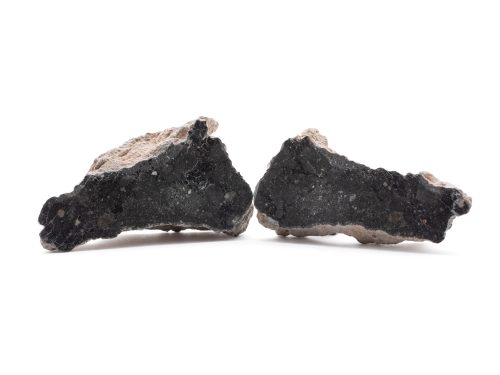
Northwest Africa 11788 63.7g
$8,995.00 Add to cart -
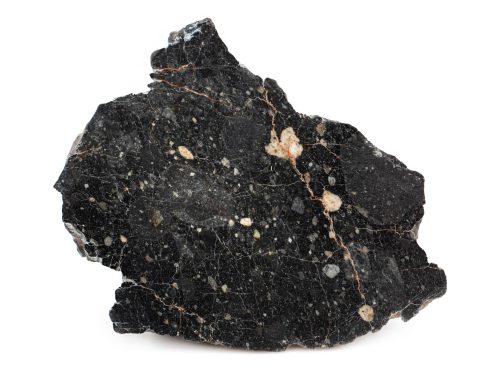
Lunar | NWA 11788 59.7g
$10,499.00 Add to cart -
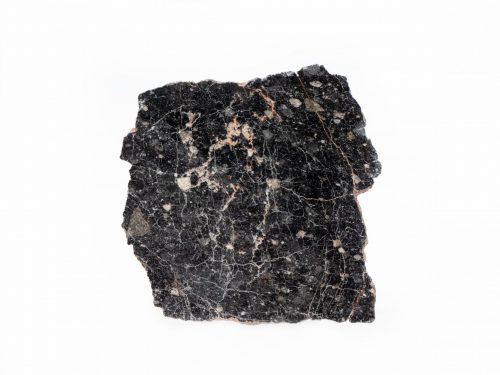
NWA 11788 11.5g
$2,010.00 Add to cart -
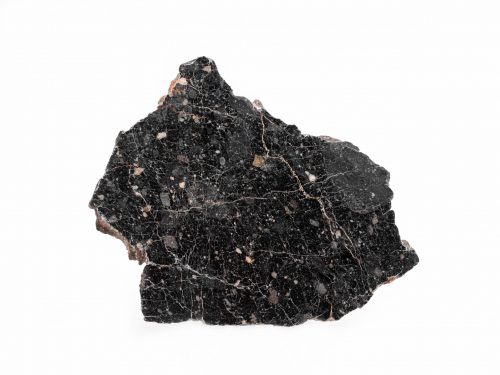
NWA 11788 13.4g
$2,340.00 Add to cart -

NWA 11788 14.1g
$2,225.00 Add to cart -
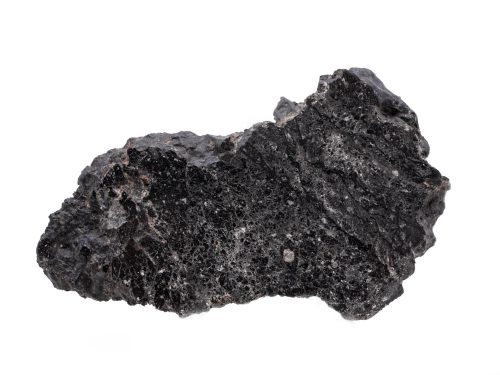
NWA 11788 9.1g
$1,590.00 Add to cart -

NWA 11788 9.6g
$1,680.00 Add to cart
-
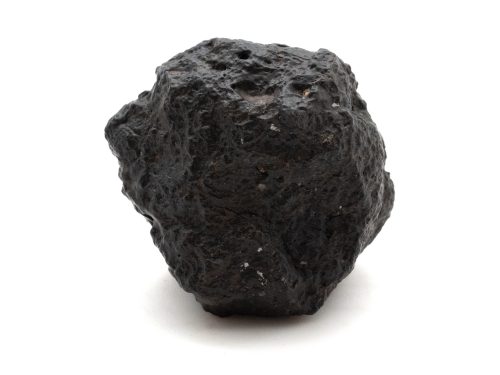
Lunar | NWA 13974 45.8g
$4,350.00 Add to cart -

Northwest Africa 13974 12.2g
$1,159.00 Add to cart -
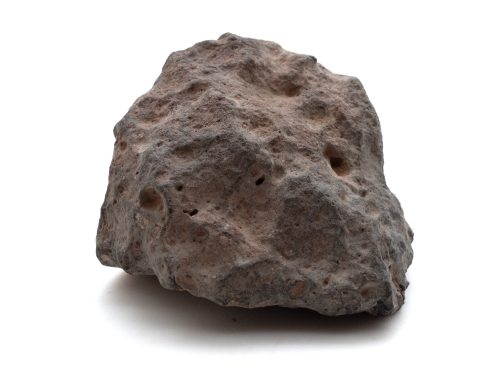
Northwest Africa 13974 126.1g
$11,975.00 Add to cart -

Northwest Africa 13974 128.1g
$12,169.00 Add to cart -
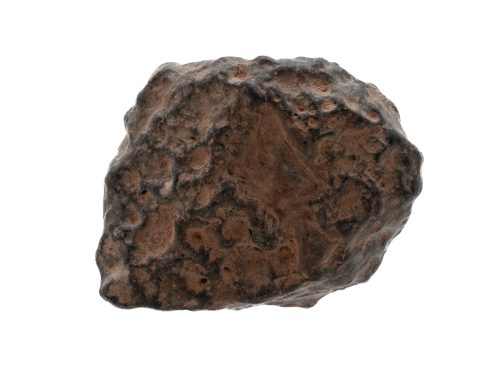
Northwest Africa 13974 13.8g
$1,310.00 Add to cart -
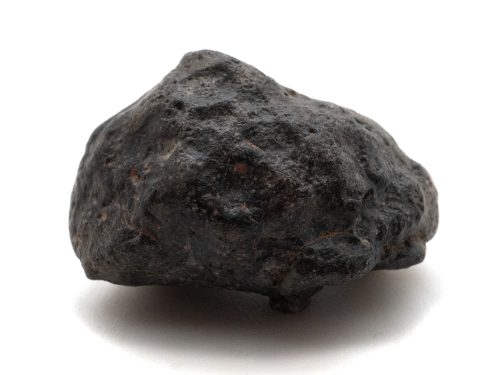
Northwest Africa 13974 14.7g
$1,395.00 Add to cart -
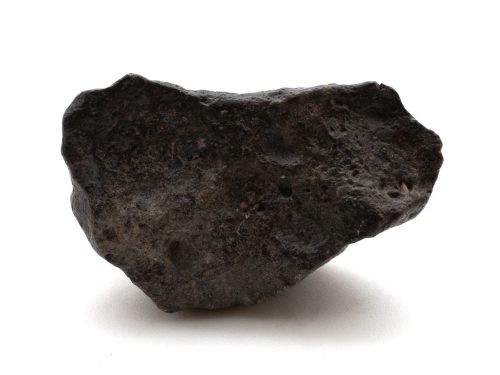
Northwest Africa 13974 17.8g
$1,690.00 Add to cart -
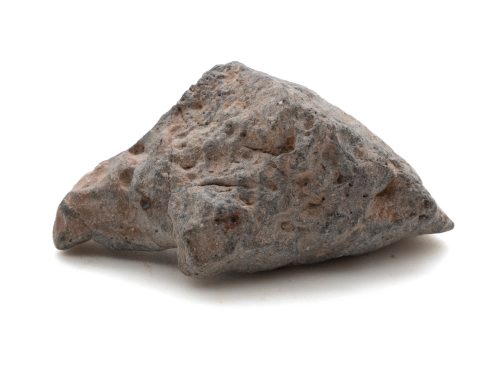
Northwest Africa 13974 49.0g
$4,655.00 Add to cart -
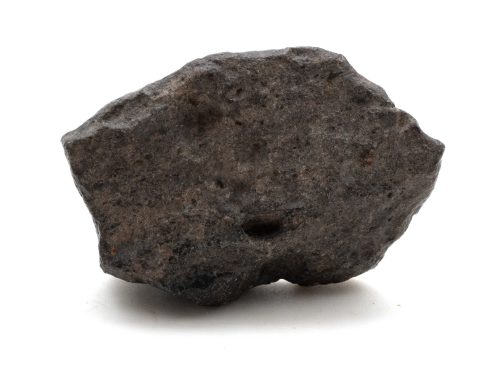
Northwest Africa 13974 58.8g
$5,585.00 Add to cart -
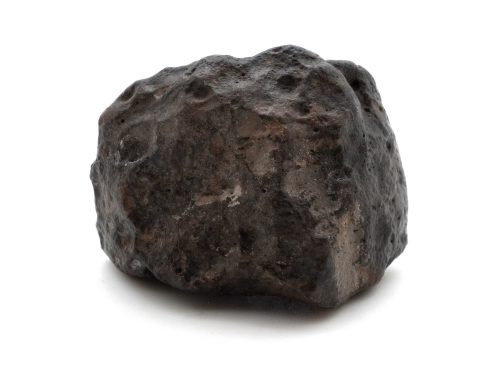
Northwest Africa 13974 88.9g
$8,445.00 Add to cart
Lunar meteorite (feldspathic breccia) Purchased: 2021 Feb in Mali
In 2021, camel shepherds in Mali stumble upon the Northwest Africa 14041 lunar meteorite. Five pieces which total 11,700 grams have been recovered in total. Professor Tony Irving of the University of Washington Seattle and Paul Carpenter of Washington University in St. Louis classified the meteorite as a feldspathic lunar breccia. A rock made up of mostly angular fragments of other rocks, cemented together, is called a breccia. Researchers believe that about 4 million years ago, debris from the solar system battered the Moon to form the craters and basins we see dotting the Moon’s surface today. These impacts not only changed the lunar landscape, but also broke and melted rock fragments together, creating breccias. A rock is “feldspathic” if it contains or relates to the mineral feldspar. Anorthosite, found abundantly in the lunar highlands, is primarily composed of feldspar. It is thought that shortly after its formation, the Moon melted. As it began to cool, feldspar crystals formed the Moon’s crust. These crystals were initially pale grey or colorless, but as meteorites bombarded the Moon’s surface, they became shocked and turned white. NASA’s Apollo 16 astronauts collected anorthosite from the lunar surface. Scientists determined the sample was 4.19 billion years old.Lunar meteorite (melt breccia) Found in Northwest Africa in 2021
How do we know these meteorites came from the Moon? Lunar meteorites like NWA 14729 have been tested by scientists and have been found to contain unique chemical and mineral characteristics specific to the Moon, mainly based on comparisons made between Apollo return samples to Earth rocks. NASA’s Apollo missions and the USSR’s Luna missions both returned samples from the Moon’s surface. In 1970, Luna 16 (USSR) was the first mission to successfully return samples from beyond Earth. The robotic probe brought back 101 grams of lunar soil from a region on the Moon called Mare Fecunditatis. It took seven minutes of drilling for the probe to reach a depth of 35 centimeters, from which it collected its sample. The Luna 16 soil was found to be similar to samples returned by Apollo 12, which were almost all basalts. The Apollo 12 samples included only two breccias. How much are lunar meteorites worth? Famously, three samples weighing 0.2g of the Luna 16 were sold at auction for $442.500 in 1993. These fragments sold again, at auction, in 2018 for $855,000. However, meteorites are a little different. Remember, while it is illegal to own Apollo return samples, meteorites are very legal to own. What is NWA 14729? NWA 14729 lunar meteorites were first purchased from a Moroccan dealer in 2021, and when studied were found to be lunar melt breccias. A breccia is a rock composed of fragments of older rocks that have all been broken apart and “glued” back together, likely during a collision. Specifically, melt breccias have veins of liquid impact melt that have been injected into the small spaces between rock fragments during an impact. This liquid quickly cools and forms glass. Scientists have noticed that many times, tiny bubbles of gas are trapped in the liquid before it cools and solidifies. These bubbles are called vesicles, and are often seen in meteorites from the Moon. This is the case with NWA 14729. When sliced, the meteorite exhibits a matrix consisting of vesicular melt rock.-
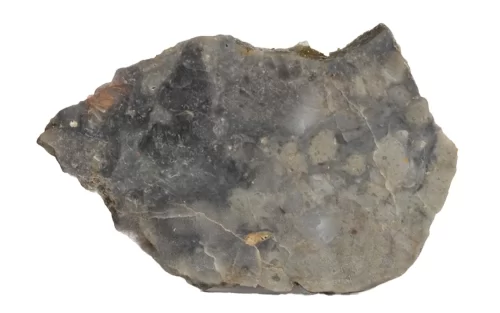
Northwest Africa 15482 0.835g
$187.00 Add to cart -
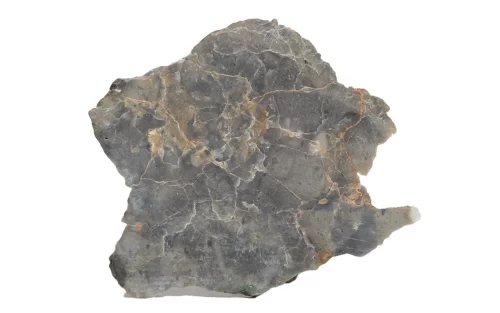
Northwest Africa 15482 0.846g
$190.00 Add to cart -
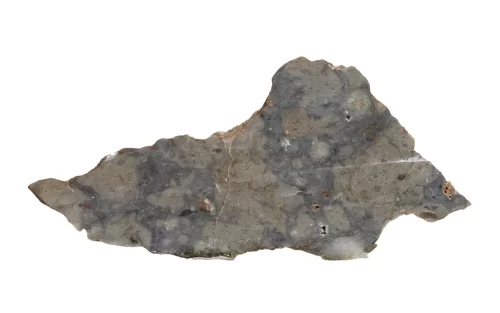
Northwest Africa 15482 0.891g
$190.00 Add to cart -
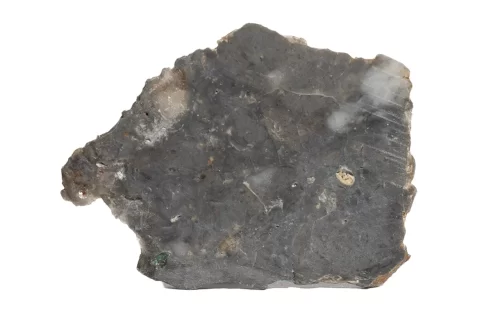
Northwest Africa 15482 0.95g
$213.00 Add to cart -
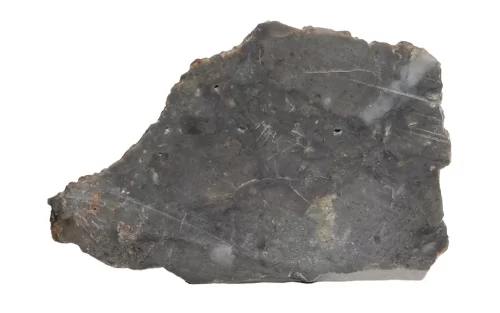
Northwest Africa 15482 1.01g
$225.00 Add to cart -
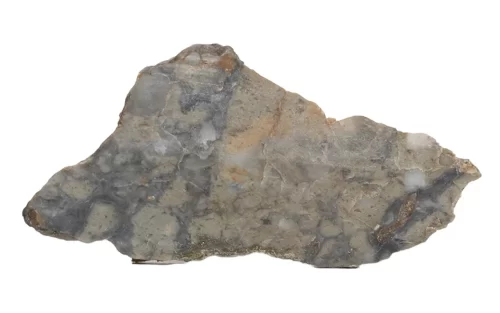
Northwest Africa 15482 1.036g
$233.00 Add to cart -
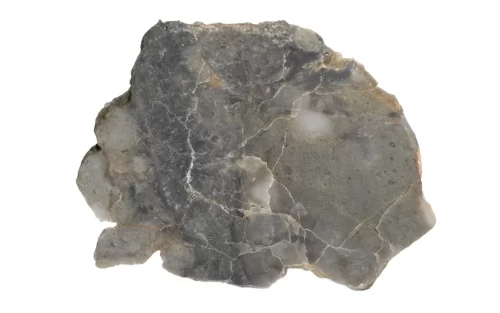
Northwest Africa 15482 1.056g
$237.00 Add to cart -

Northwest Africa 15482 1.057g
$237.00 Add to cart -
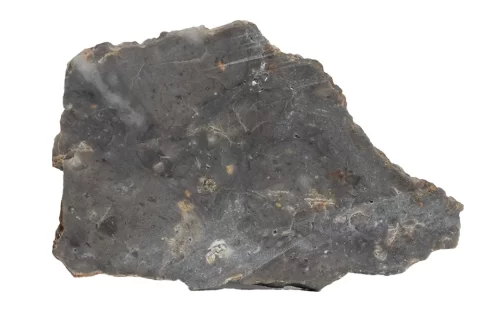
Northwest Africa 15482 1.254g
$280.00 Add to cart -

Northwest Africa 15482 1.25g
$282.00 Add to cart -
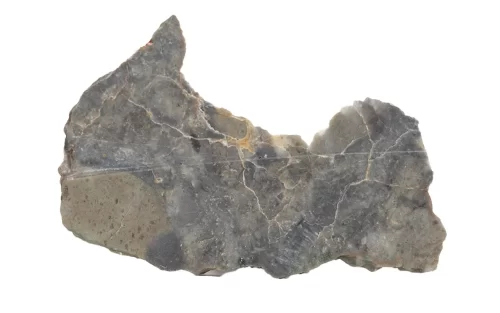
Northwest Africa 15482 1.260g
$284.00 Add to cart -
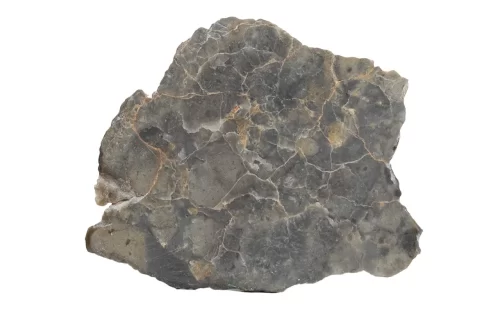
Northwest Africa 15482 1.563g
$350.00 Add to cart -

Northwest Africa 15482 1.676g
$375.00 Add to cart -
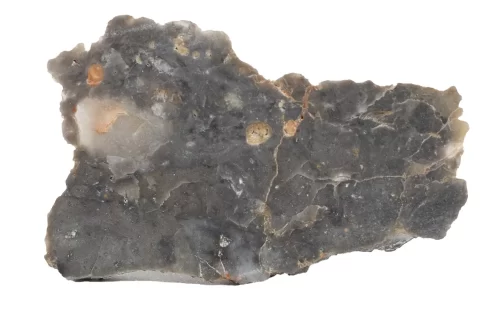
Northwest Africa 15482 1.886g
$424.00 Add to cart -

Northwest Africa 15482 2.0g
$499.00 Add to cart
-
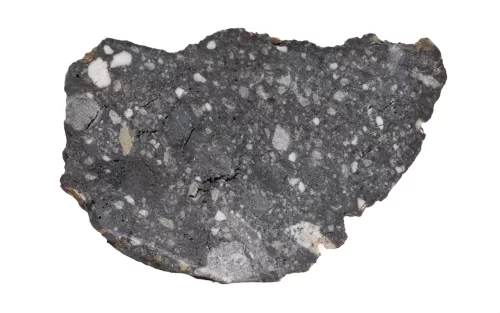
Northwest Africa 8277 0.68g
$221.00 Add to cart -
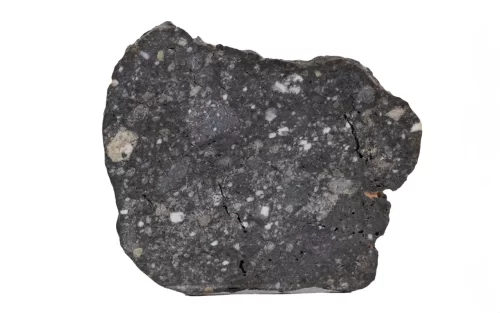
Northwest Africa 8277 0.69g
$224.00 Add to cart -
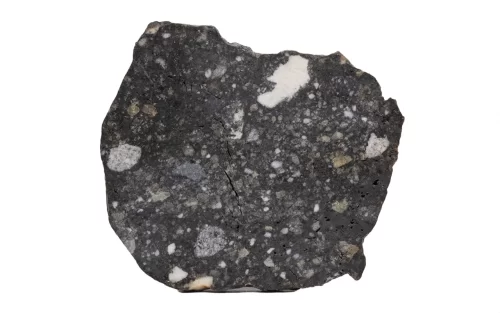
Northwest Africa 8277 0.74g
$240.00 Add to cart -

Northwest Africa 8277 0.76g
$247.00 Add to cart -
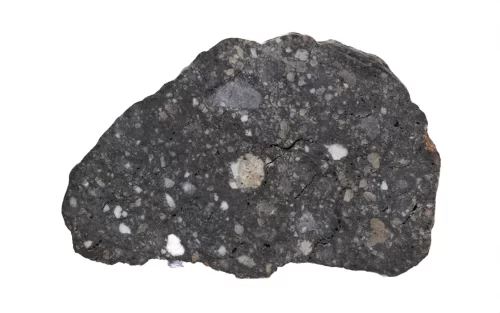
Northwest Africa 8277 0.7g
$228.00 Add to cart -
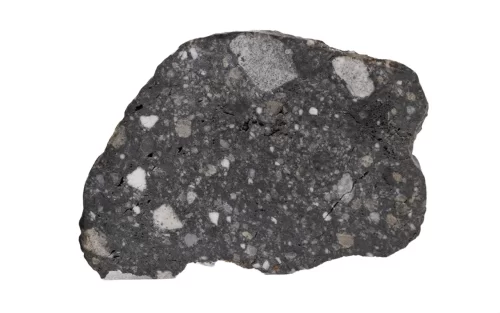
Northwest Africa 8277 0.88g
$286.00 Add to cart -

Northwest Africa 8277 0.98g
$319.00 Add to cart -
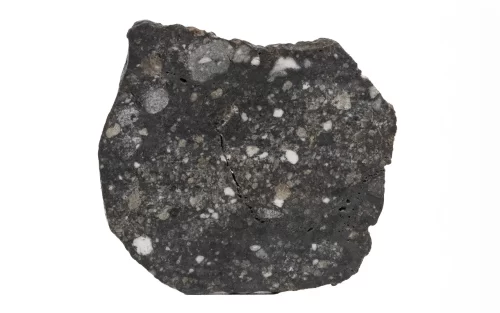
Northwest Africa 8277 0.99g
$322.00 Add to cart -
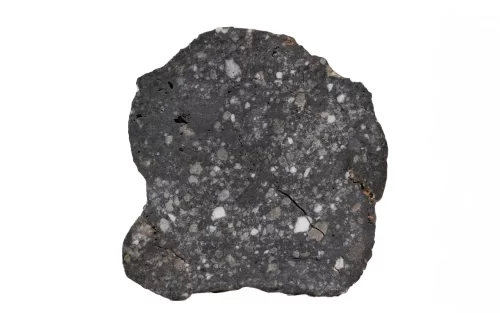
Northwest Africa 8277 1.09g
$354.00 Add to cart -
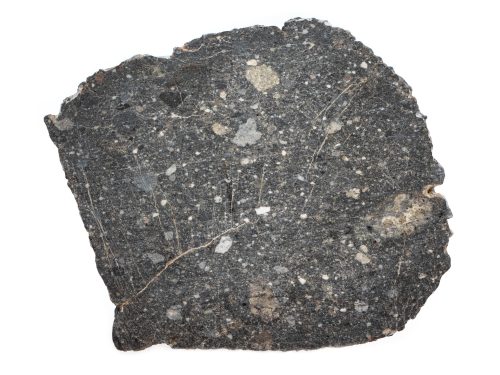
NWA 8277 13.9g
$4,515.00 Add to cart -
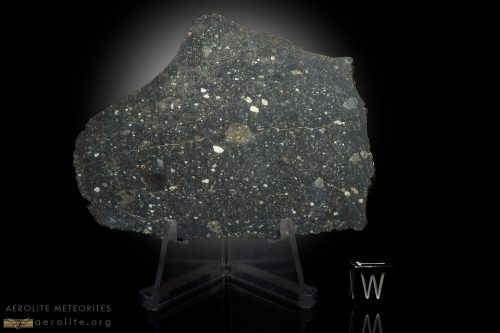
NWA 8277 18.4g
$5,980.00 Add to cart -

NWA 8277 9.0g
$2,925.00 Add to cart
Touat 005 Slices
Touat 008 Individuals
-
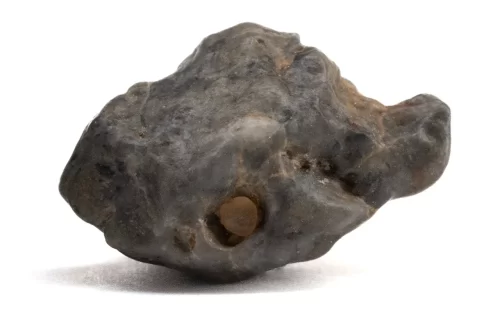
Touat 008 0.55g
$165.00 Add to cart -
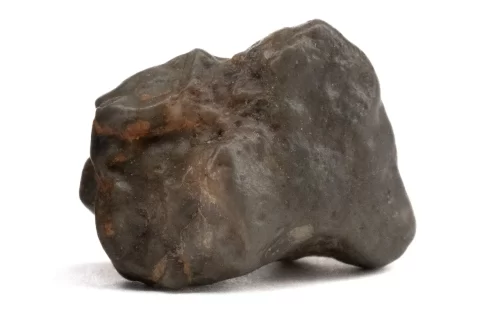
Touat 008 0.56g
$168.00 Add to cart -
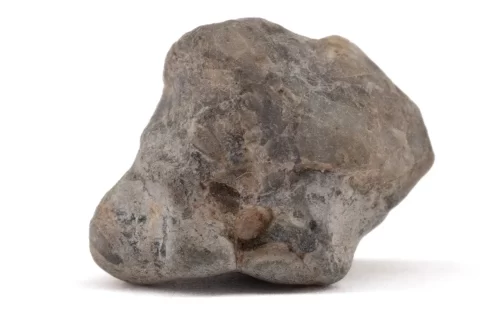
Touat 008 0.59g
$177.00 Add to cart -

Touat 008 0.74g
$222.00 Add to cart -
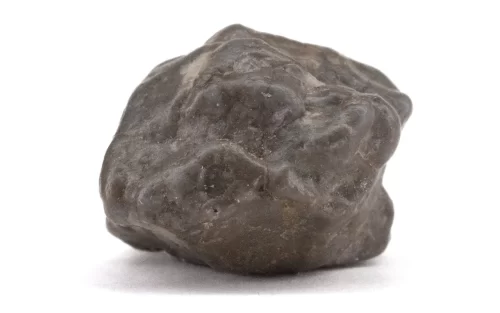
Touat 008 0.76g
$228.00 Add to cart -
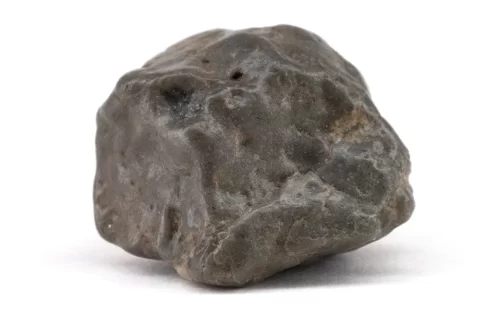
Touat 008 0.81g
$243.00 Add to cart -

Touat 008 0.86g
$258.00 Add to cart -
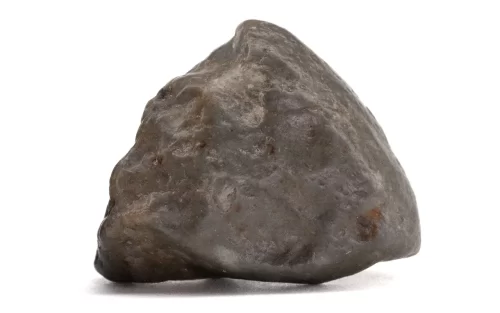
Touat 008 1.11g
$333.00 Add to cart -

Touat 008 1.26g
$378.00 Add to cart

